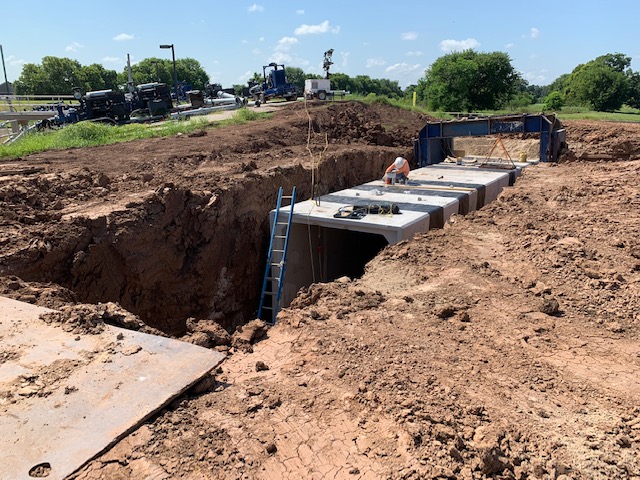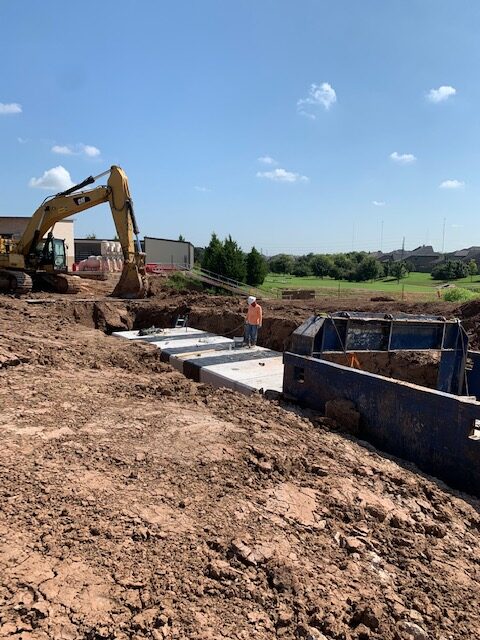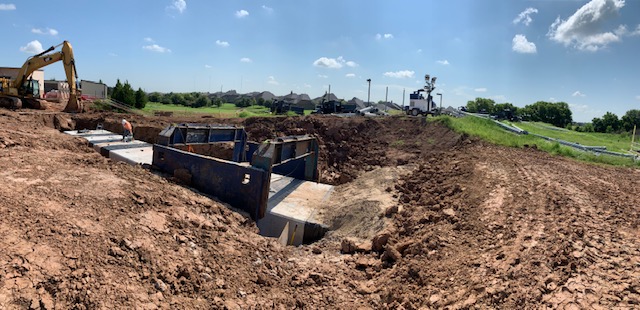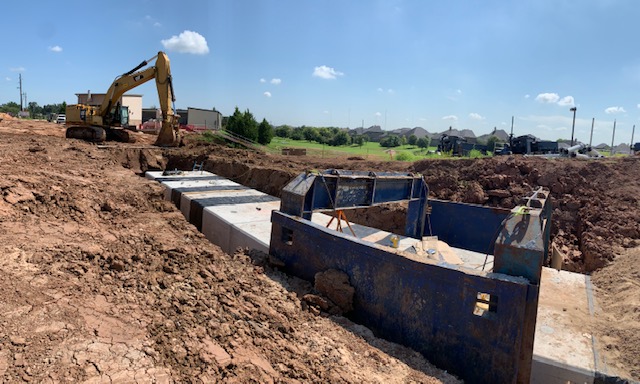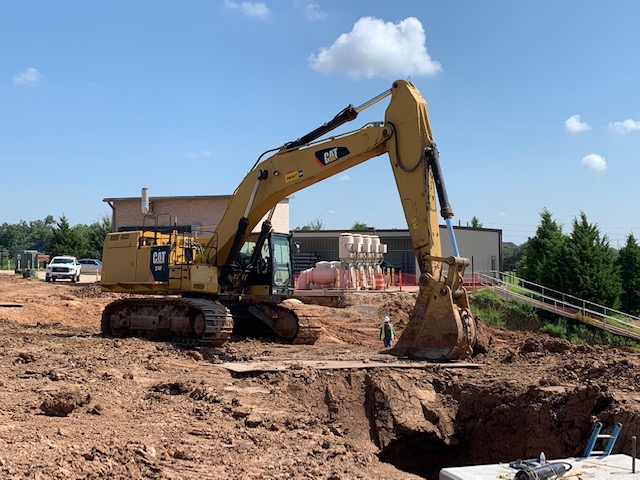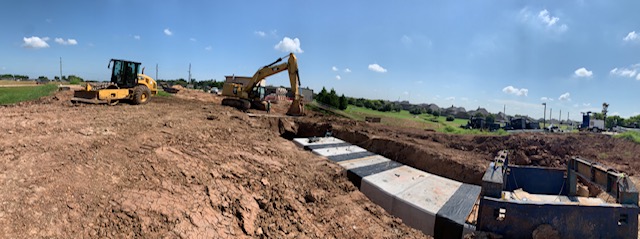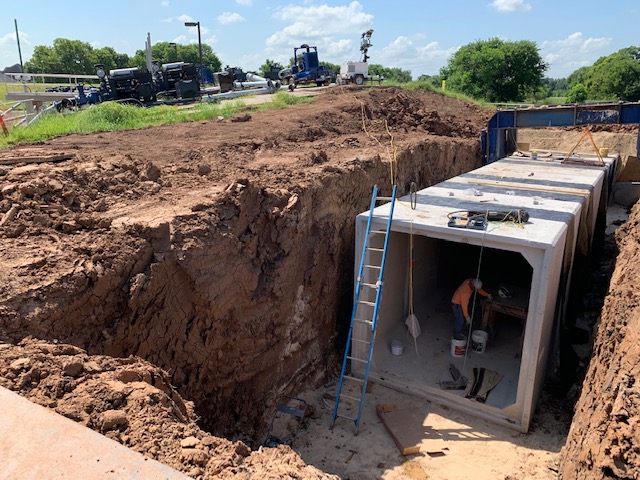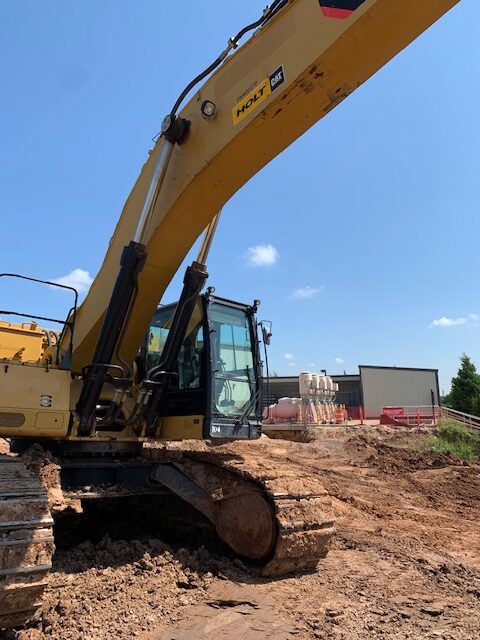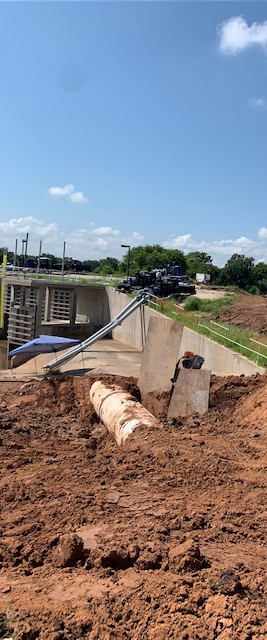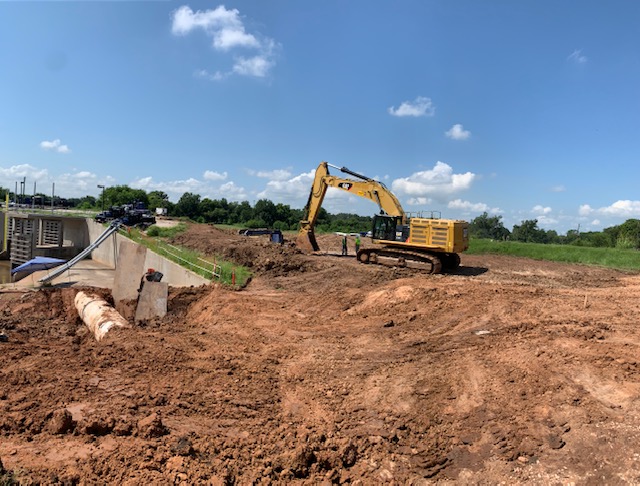Maintenance of Steep Bank Creek Reserve
As many of you are aware, Steep Bank Creek is a natural waterway running through the middle of LID 19. However, many of you, particularly those whose homes are adjacent to Steep Bank Creek, have inquired as to the maintenance of this area.
Prior to the development of Riverstone, the United States Army Corps of Engineers placed numerous restrictions on Steep Bank Creek, requiring it to be largely maintained as a natural waterway. Under the USACE requirements, the LID’s ability to maintain Steep Bank Creek is very limited. The area cannot be maintained in the same manner as a manicured public greenspace within Riverstone – as mowing and tree pruning are heavily restricted. Therefore, grass stands often appear higher than what you might see in other parts of Riverstone, as LID 19’s ability to mow is limited to only a few times per year.
Public access to Steep Bank Creek is strictly prohibited. Due to the preservation of Steep Bank Creek in its natural state, the area has not been developed for public recreational purposes and may pose many safety risks. In addition, Steep Bank Creek is home to local wildlife, such as wild hogs, snakes, nutria, and other biting insects. We request your cooperation in keeping out of Steep Bank Creek.
If you have any other questions or concerns regarding the maintenance of Steep Bank Creek, please feel free to reach out to the Board by filling out the online form here. Contact Us – Fort Bend County Levee Improvement District 19 (fblid19.com)


